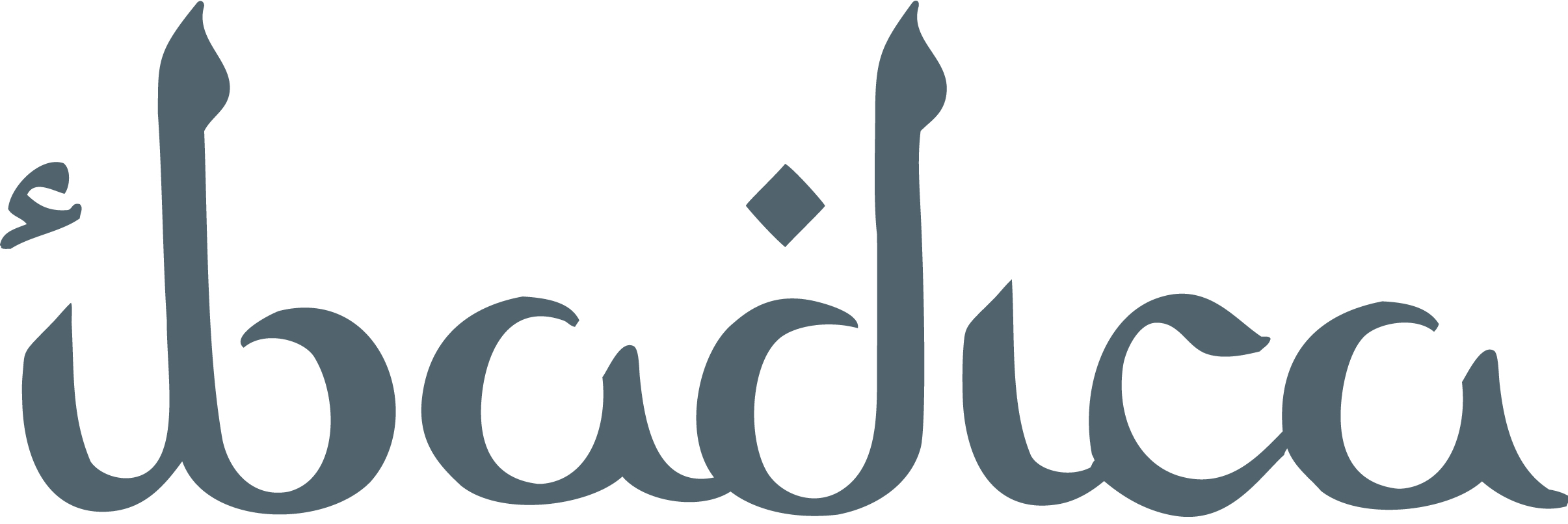Tribalism and Local Agreement
Contenu
- Titre
- Tribalism and Local Agreement
- Auteur
- Simonen, Katariina
- Date
- 2021
- Résumé
- Omani society is fundamentally a tribal mosaic. The main tribal confederations since the eighteenth century civil war are the Hinawi and the Ghafiri. The patchwork of Omani tribes belongs to one of these confederations. Omani villages have conserved their tribal outlook, tribal values and tribal structure even if they form sedentarised units instead of a bedu nomadic lifestyle. Tribal alliances between tribes and tribal formation/deformation within tribes has been a continuous process. Tribal law has played an inherent part in the overall formation of Omani legal culture. Central for tribal law are its tendencies towards mediation and the avoidance of conflict. Tribes are egalitarian yet the collective interest is the foundation of tribal law. Every conflict is resolved through arbitration, negotiation or mediation by a third party. All members of the community are expected to do their part in resolving disputes, by restraining people from using force, participating in the mediation process or sharing the costs and the benefits of restitution. The mediation system is sophisticated and highly structured, and it involves a great deal of deliberate negotiation and dialogue to ensure that conflicting parties are content with the resolution. The dispute-resolution system relies on compromise and mutual benefit, rather than on imposed punishment or designation of losers and winners. Collective responsibility implies that tribes are ultimately responsible for the acts of their members and for forcing them to implement verdicts of mediation or arbitration.
- Place
- Cham
- Langue
- eng
- rédacteur
- Simonen, Katariina
- pages
- 111-132
- ISBN
- 978-3-030-85218-4
Position : 39593 (14 vues)

